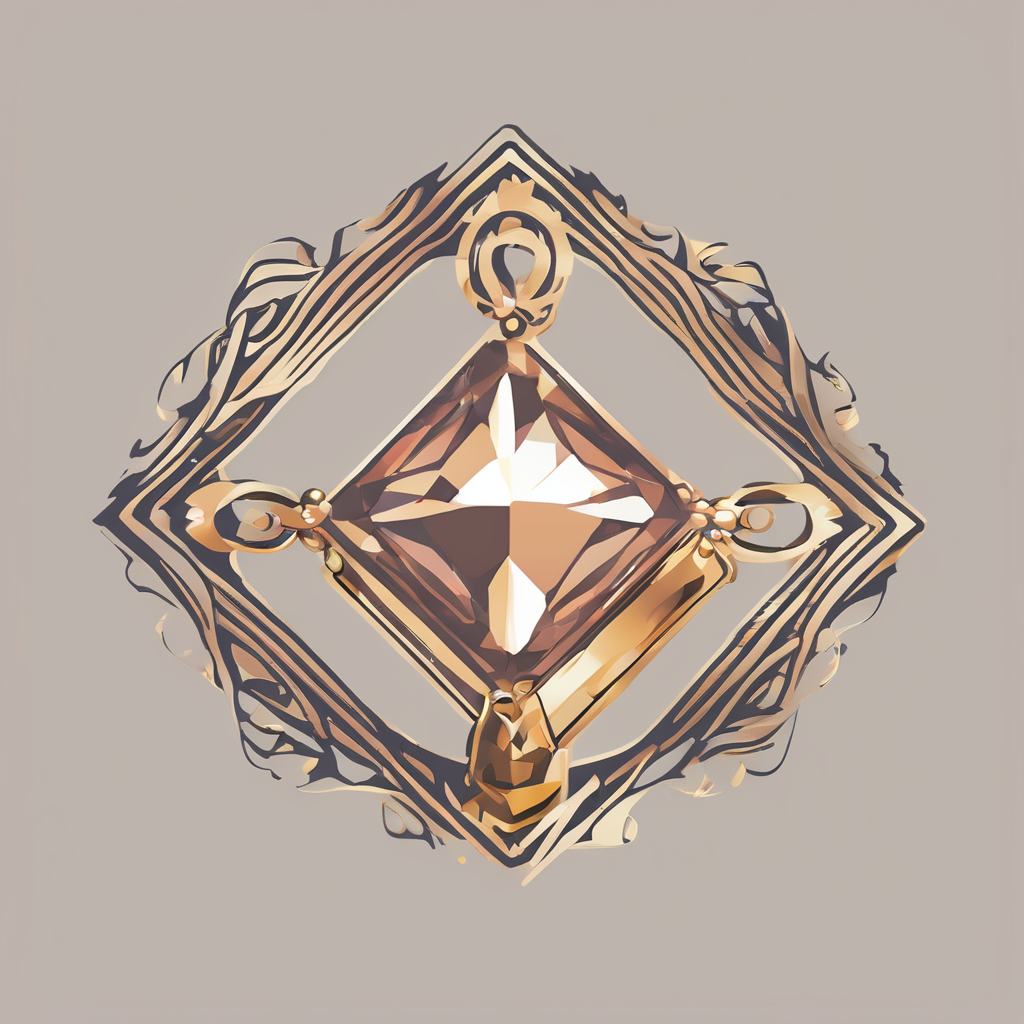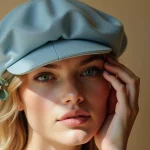Overview of UK Women’s Lifestyle Trends
Exploring UK women’s lifestyle choices reveals a dynamic landscape influenced by various factors. Emerging lifestyle trends showcase a significant shift towards wellness, sustainability, and technology, mirroring broader demographic changes. The impact of these dynamics is reflected in lifestyle analysis that emphasizes diversity and adaptation among UK women.
Demographic shifts play a crucial role in shaping lifestyle choices. An increasing number of women in the workplace and diverse cultural backgrounds contribute to evolving preferences in health, leisure, and consumption. These shifts underscore the importance of understanding and adapting to this changing cohort.
In parallel : How Can UK Women Elevate Their Fashion Game in Everyday Life?
Key factors driving lifestyle changes include the rise of technology, awareness of wellness, and commitment to sustainability. Technology’s influence extends to everyday activities, from digital health apps to smart home solutions, enhancing convenience and efficiency. Meanwhile, wellness encompasses a holistic approach, including mental health emphasis and organic food choices, reflecting a preference for sustainable living.
In essence, the current trends among UK women are a testament to their adaptability and resilience, shaping a more inclusive and conscientious lifestyle landscape. With technology, wellness, and sustainability at the forefront, the ongoing lifestyle analysis continues to reveal the evolving aspirations and priorities of UK women.
Also read : What Are the Latest UK Women’s Fashion Trends You Should Try This Season?
Impact on the Fashion Industry
The interplay between lifestyle trends and the fashion industry is both dynamic and profound, shaping preferences and consumption patterns. As UK women’s lifestyles evolve, the fashion sector has witnessed substantial adaptations to cater to these emerging demands.
Lifestyle Influence on Fashion Preferences
Modern clothing choices reflect more than just style; they embody shifts towards wellness, sustainability, and cultural diversity. Brands are increasingly incorporating eco-friendly materials and ethical manufacturing processes. This transformation not only caters to the current trends but also aligns with consumer values concerning personal and environmental well-being.
Brand Adaptations to Changing Lifestyles
Fashion brands are keener than ever to match their offerings with lifestyle changes. Companies like Stella McCartney lead the charge with vegan materials, setting industry standards and influencing fashion evolution. Furthermore, digital marketplaces have sprung up, employing technology to provide personalized shopping experiences, thus merging convenience with fashion.
Evolving Consumer Behaviour in Fashion
Consumer behaviour analyses reveal a profound inclination towards versatility and functionality in clothing. This is partially attributed to an increase in remote work setups and a heightened focus on personal wellness. Consumers now seek pieces that are not only fashionable but also adaptable and comfortable for varied use. Hence, the integration of lifestyle elements into fashion continues to redefine how brands approach their designs, sustaining both relevance and growth in a competitive market.
Data and Insights on Consumer Behavior
Understanding consumer behavior data is pivotal in grasping the intricacies of current purchasing trends. This segment delves into how shifts in shopping habits reflect broader lifestyle influences.
Statistical Overview
Recent statistics indicate a clear shift in UK women’s shopping preferences. Online shopping has surged, with over 85% participating in digital marketplaces, embodying the seamless integration of technology into daily life. Sustainability-driven choices are also prevalent, with 68% prioritizing brands offering eco-friendly options.
Key Insights from Surveys
Surveys consistently highlight wellness and sustainability as leading factors influencing purchases. Over 75% of respondents express a desire for products that aid personal well-being. Simultaneously, ethical considerations, such as fair trade and cruelty-free products, resonate strongly with the UK women’s demographic.
Behavioral Changes Post-Pandemic
Post-pandemic, consumer behavior took a notable turn towards versatility—prompted by the need for adaptable fashion in hybrid work environments. The demand for multifunctional attire that bridges professional and casual domains underscores the new normal in shopping behaviors, as convenience and practicality take precedence.
Expert Opinions and Forecasts
In the exciting realm of the fashion industry, experts provide valuable insights into how lifestyle trends are reshaping style perspectives and market strategies. With ever-evolving fashion evolution, industry professionals are keen to share how they anticipate these shifts will shape future developments.
Fashion industry experts emphasize the significant impact lifestyle trends have on design choices. With an increasing focus on wellness and sustainability, these elements are anticipated to predominate in upcoming collections. This shift is driving brands to integrate environmentally-friendly practices into their production processes, thereby aligning with consumer expectations.
Looking forward, trend predictions suggest a continual rise in demand for versatile and functional fashion—particularly as hybrid work models gain popularity globally. Experts forecast a blend of professional and casual attire to suit modern consumer needs, reflecting adaptations to shopping habits that prioritize convenience without sacrificing style.
Furthermore, experts point to potential shifts in market dynamics, driven by technological advancements and increased consumer awareness. As digital platforms integrate more seamlessly into the shopping experience, personalisation and innovative retail experiences are expected to thrive, catering to diverse customer preferences.
In summary, expert opinions underscore the vital role of understanding current lifestyle trends to stay ahead in the fashion industry. Embracing these changes not only prepares brands for forthcoming challenges but also positions them to capitalise on new opportunities within a dynamic market.
Visual Examples of Trends in Fashion Design
The world of fashion design is constantly evolving, driven by current lifestyle trends and consumer preferences. As UK women’s lifestyles change, fashion designers and brands respond with innovative collections that reflect trend manifestations. This section delves into visual examples of how modern design is being shaped by these ubiquitous trends.
Trend-Driven Collections
Trend manifestations in fashion collections often result in creative lines that emphasize sustainability, functionality, and cultural narratives. Many designers incorporate eco-friendly fabrics, catering to the environmentally conscious consumer. Collections from retailers, like H&M’s Conscious line, use sustainable materials, providing a balance between style and eco-awareness. These designs aren’t just about aesthetics; they convey a story of ethical responsibility and modern lifestyle values.
Retail Store Examples
Retailers have reimagined their store environments to align with lifestyle trends, creating spaces that resonate with the fashion design trends. For instance, concept stores often showcase curated pieces emphasizing minimalism and sustainability. Displays creatively utilize natural elements or recycled materials, providing consumers with an immersive shopping experience that reflects their values.
Stylistic Innovations
In response to ongoing lifestyle analyses, designers are experimenting with stylistic innovations that merge technology and tradition. Smart textiles, offering features such as temperature regulation or light-up designs, highlight the fusion of function and fashion evolution. Additionally, embracing diverse cultural inspirations has led to an increase in unique patterns and cuts, celebrating inclusivity and global interconnectivity. These visual innovations not only revolutionize traditional styles but also resonate well with contemporary consumers seeking distinctive and meaningful fashion statements.
Conclusion and Future Outlook
The future of fashion remains intricately linked with evolving lifestyle trends, continually reshaping the industry’s landscape. As UK women’s preferences develop, fashion has become a mirror reflecting broader societal shifts. This evolving synergy between lifestyle choices and fashion underscores the profound influence of current trends on the industry.
Long-term implications of these lifestyle-driven changes include an increased focus on sustainability and technological integration. Brands are expected to prioritize eco-friendly practices and innovative designs that align with consumer values. The demand for technology-enhanced fashion experiences, such as augmented reality fitting rooms and personalized recommendations, is likely to grow, further blurring the line between traditional retail and digital innovation.
Moreover, as lifestyles continue to adapt, there is a heightened interest in functional fashion. This mirrors a broader societal trend towards practicality and versatility in consumer choices. As hybrid work models become more prevalent, clothing that effortlessly transitions between home and office will dominate.
Looking forward, the fashion industry’s trajectory will be influenced by a robust understanding of lifestyle trends’ evolution. Designers and retailers prepared to harness these dynamics will likely drive innovation and lead the market. Therefore, staying attuned to lifestyle shifts will be crucial for fashion brands aiming to thrive in this dynamic and rapidly changing environment.







